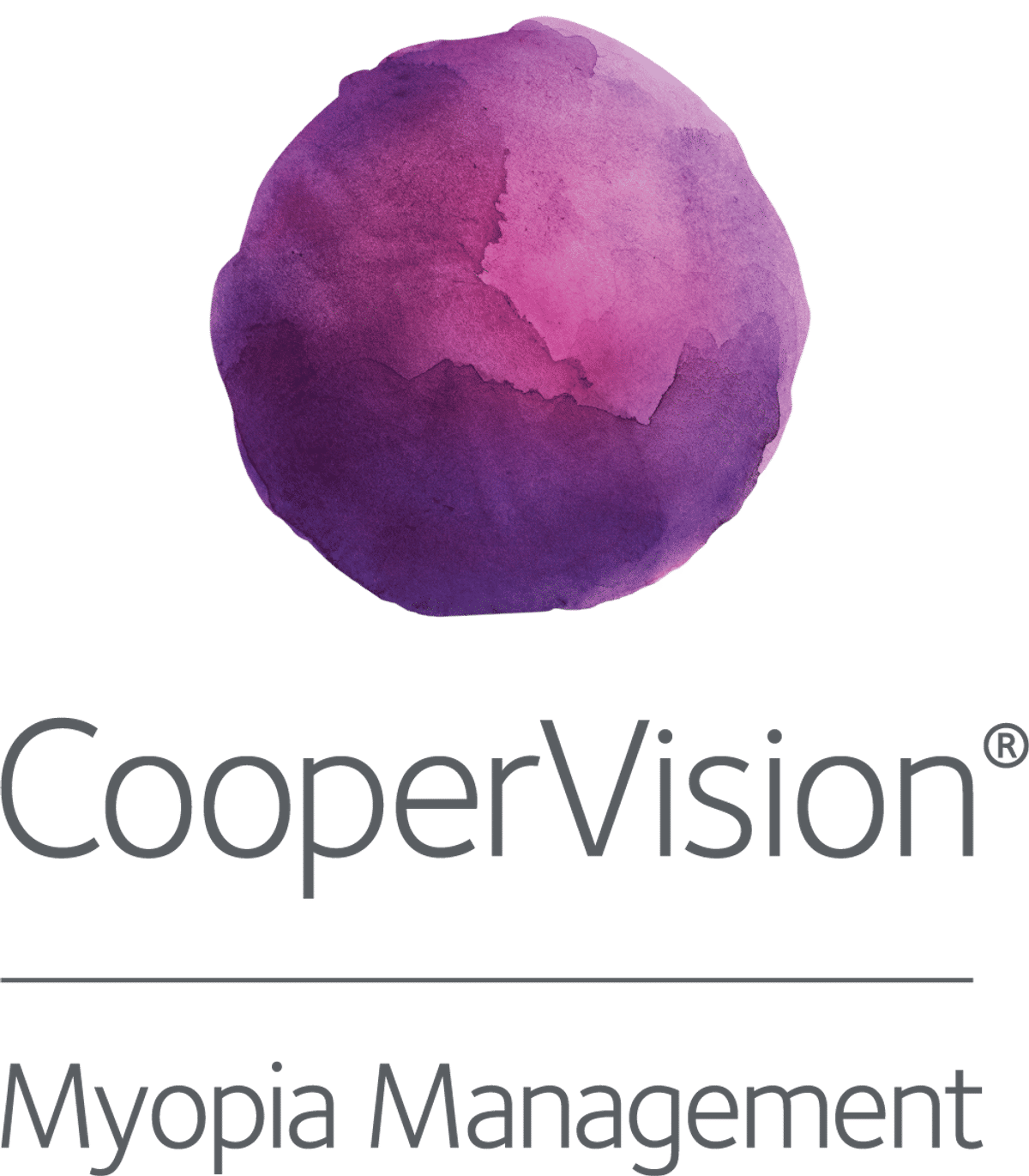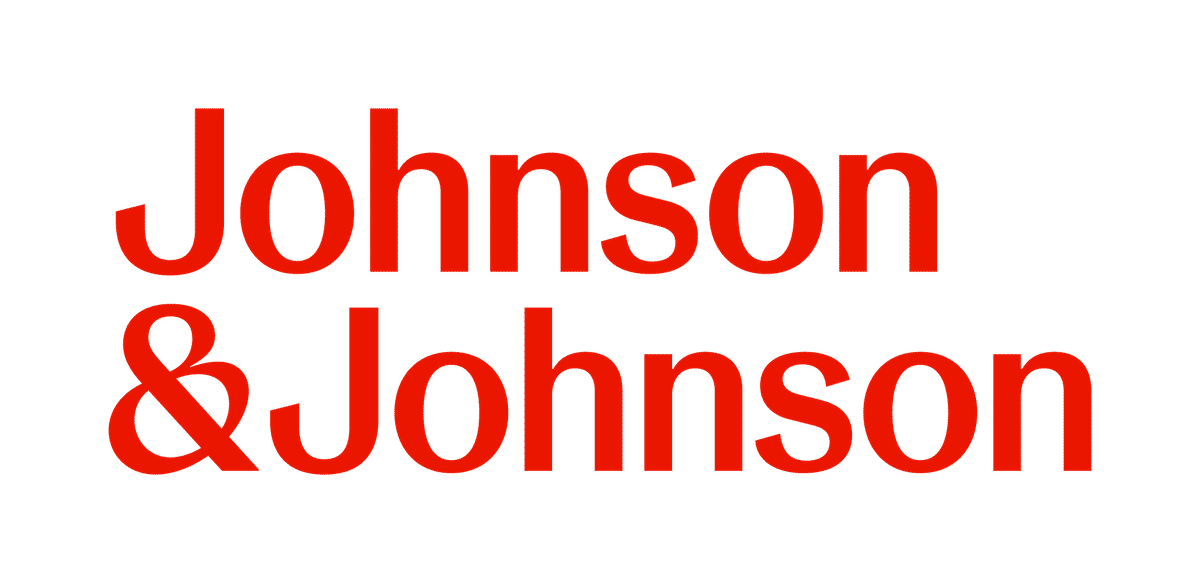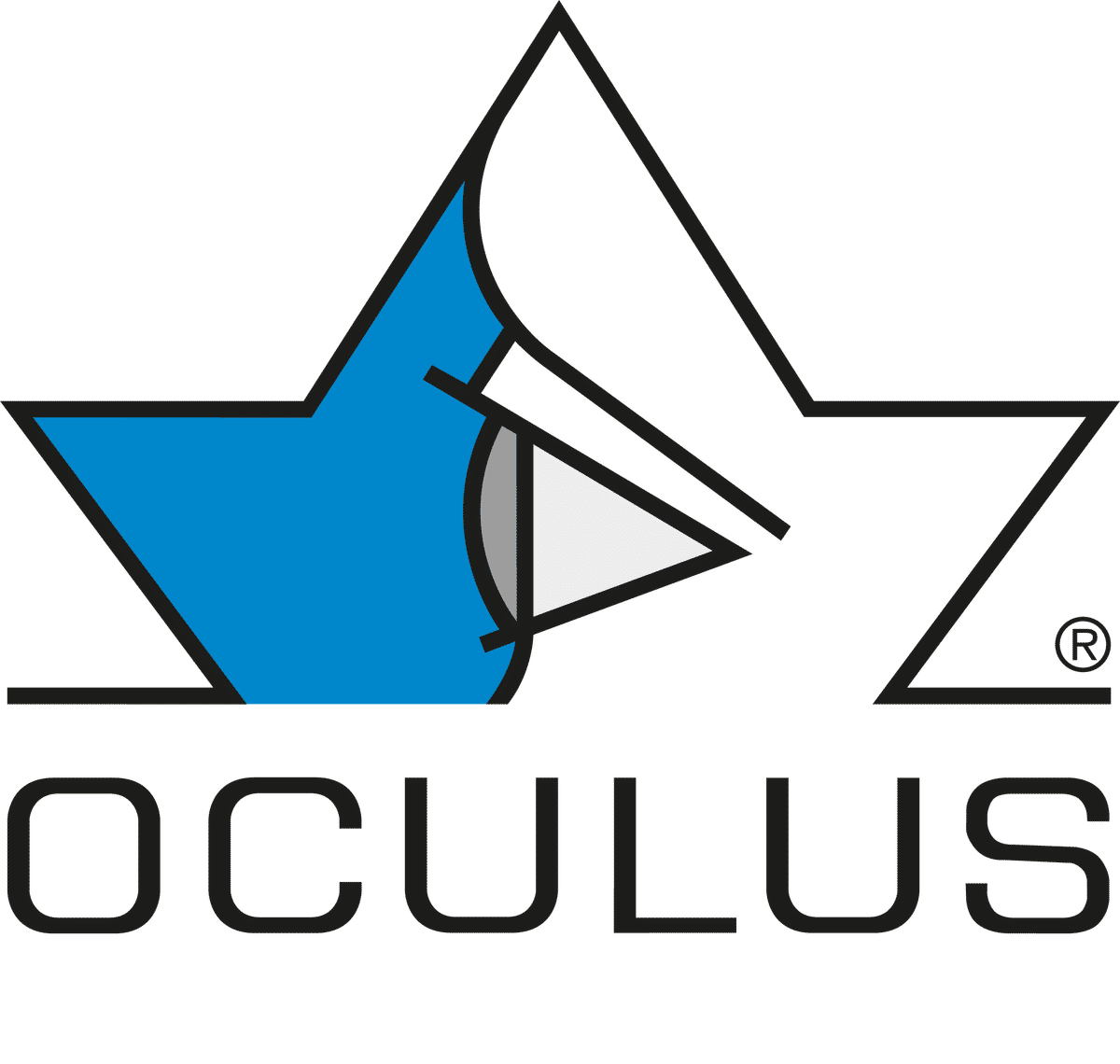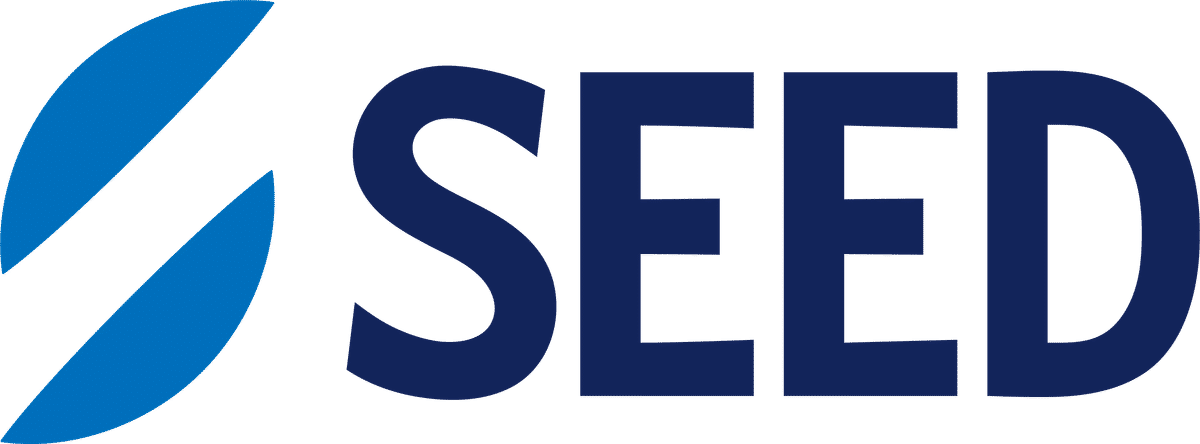Science
Additive effect of MiSight and 0.05% atropine in children
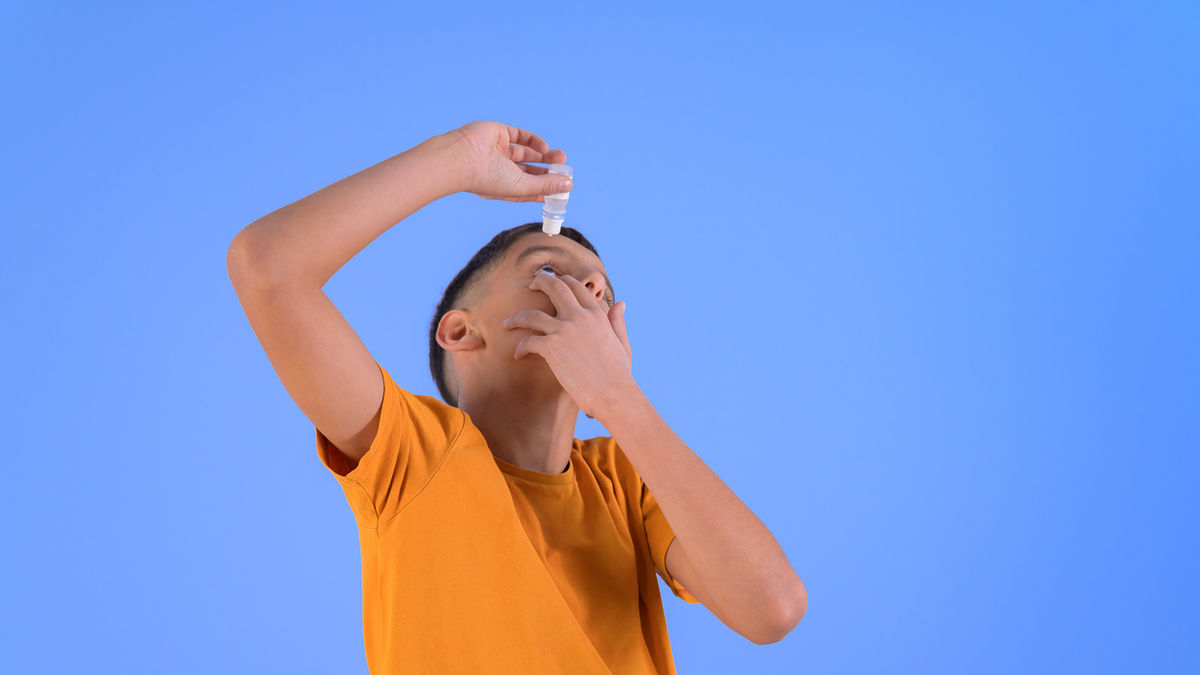
In this article:
This study evaluated the combined effect of dual-focus soft contact lenses (MiSight) and 0.05% atropine eye drops in children aged 7 to 13 years with rapidly progressing myopia. Over 1 year, myopia progression was reduced by 0.38 D and axial elongation was reduced by a further 0.19 mm in the combination group compared to those continuing on atropine monotherapy. The additive effect of combination therapy was more pronounced in children with low to moderate myopia compared to those with high myopia.
Paper title: Synergistic Effect of Dual-Focus Soft Contact Lenses and 0.05% Atropine on Myopia Control in Children With Rapidly Progressing Myopia
Authors: Yum HR (1), Han SY (2), Park SH (3), Shin SY (3)
- Department of Ophthalmology, Eunpyeong St. Mary's Hospital, College of Medicine, The Catholic University of Korea, Seoul, Republic of Korea
- Department of Ophthalmology, Kangbuk Samsung Hospital, Sungkyunkwan University School of Medicine, Seoul, Republic of Korea
- Department of Ophthalmology, Seoul St. Mary's Hospital, College of Medicine, The Catholic University of Korea, Seoul, Republic of Korea
Date: Published February 2025
Reference: Yum HR, Han SY, Park SH, Shin SY. Synergistic Effect of Dual-Focus Soft Contact Lenses and 0.05% Atropine on Myopia Control in Children With Rapidly Progressing Myopia. Eye Contact Lens. 2025 Feb 1;51(2):92–97.
Summary
While both low-dose atropine and dual-focus soft contact lenses are established treatments for myopia management, some children continue to show rapid myopia progression despite monotherapy. The combination of dual-focus lenses like MiSight and 0.05% atropine in children unresponsive to 0.05% atropine alone has not been well studied. A previous study has suggested that using 0.01% atropine in combination with MiSight is inconsequential compared to atropine monotherapy,1 possibly due to insufficient atropine potency, but it did not measure axial length. You can read a summary of that study in our science article Combining atropine and MiSight 1 day: does it work? This study was designed to evaluate whether adding dual-focus soft contact lenses to 0.05% atropine could enhance myopia control in children who showed continued progression despite atropine treatment.
This retrospective study included 142 Korean children aged 7–13 years with myopia between –1.00 D and –9.00 D. All were initially prescribed 0.05% atropine nightly. After 1 year, fast progressors (those with >0.75 D/year myopia progression or >0.25 mm/year axial elongation) were placed in a combination therapy group (n=71) receiving MiSight 1 day alongside atropine. Those with <0.50 D/year progression and <0.20 mm/year axial elongation continued atropine monotherapy (n=71). Mean age was approximately 11 years in both groups, and baseline SER was approximately –5.25 D.
Key findings were as follows.
- The combination group experienced 0.28D and 0.13 mm less progression over the second year, compared to when they were on atropine monotherapy in the first year.
- The monotherapy group experienced a slight increase in rate of progression by 0.10D and 0.04mm from year 1 to year 2.
- Initially, children in the combination group had faster myopia progression than those in the monotherapy group (-0.70D/year and 0.35mm/year versus -0.27D/year and 0.15mm/year, respectively). However, after 1 year of combined treatment, progression rates became similar between the two groups.
- The additive effect was more pronounced in children with low/moderate myopia (–6.00 D or less) than in those with high myopia.
What does this mean for my practice?
This study provides evidence supporting the use of combination therapy in children with rapid myopia progression who show suboptimal response to 0.05% atropine alone. The addition of MiSight contact lenses resulted in a meaningful reduction in both spherical equivalent progression and axial elongation. Importantly, this outcome aligns with previous reports on combination therapies involving orthokeratology and low-dose atropine, supporting the idea that two interventions with different mechanisms may offer additive benefits.2
For practitioners, this suggests a practical escalation pathway: if a child continues to progress despite 0.05% atropine, adding in MiSight may be a worthwhile next step. The findings are especially relevant for children with low to moderate myopia (less than –6.00 D), where the treatment effect was most pronounced.
What do we still need to learn?
There were a few limitations to this study. The sample size was relatively small, and the observation period was limited to two years, which restricts insight into the long-term sustainability of the treatment effect. Additionally, objective measures of compliance were not documented, even though the subjects were instructed to adhere to recommended use schedules for MiSight (≥10 hours/day, ≥6 days/week) and atropine (both eyes nightly before bedtime). The level of compliance should be measured, as the effect of wearing multifocal soft CLs can be positively correlated with wearing time.3
While the study presents promising short-term outcomes; questions remain. In light of previous studies on the combination of atropine and dual-focus contact lenses,1 more clarification is needed to understand whether these treatments actually have a synergistic effect, or if in fact this reflects a stronger treatment effect of MiSight in this particular patient group. Future work should investigate the mechanisms underlying additive effects, and determine whether a threshold exists for each treatment to be useful in combination therapy (e.g. minimum atropine concentration or wearing time for MiSight 1 day).
Abstract
Purpose: The aim of this study was to evaluate the combined effect of dual-focus soft contact lenses (CLs) and 0.05% atropine in the control of myopia.
Methods: A retrospective study was conducted on 142 myopic children aged 7 to 13 years. A single nightly instillation of 0.05% atropine at bedtime was prescribed if the rate of myopia progression exceeded -1.00 D/year. After 1 year of treatment, patients who exhibited myopia progression of more than 0.75 D/year or an increase in axial length of more than 0.25 mm/year were additionally treated with dual-focus soft CLs (MiSight) alongside 0.05% atropine (Combination group, n=71). By contrast, patients who showed myopia progression of less than 0.50 D/year and axial elongation of less than 0.20 mm/year continued treatment with 0.05% atropine only (Monotherapy group, n=71). Subjects in the combination group were further divided into high myopia and low/moderate myopia subgroups, using a cutoff of -6 D.
Results: Myopia progression and axial elongation were significantly slower after the addition of dual-focus soft CLs to 0.05% atropine in the combination group (P=0.001 and P=0.012, respectively). The combination group exhibited statistically significantly faster myopia progression than the monotherapy group before the addition of dual-focus soft CLs (both P<0.001), but no significant difference in myopia progression between the two groups was observed afterward (P=0.504 and P=0.479, respectively). The inhibition of axial elongation was more pronounced in the low/moderate myopia group compared with the high myopia group (P=0.028).
Conclusions: The combination of dual-focus soft CLs and 0.05% atropine is an effective treatment strategy for controlling myopia in children with rapidly progressing myopia. The additive effect was greater in children with low/moderate myopia than in those with high myopia.
Meet the Authors:
About Jeanne Saw
Jeanne is a clinical optometrist based in Sydney, Australia. She has worked as a research assistant with leading vision scientists, and has a keen interest in myopia control and professional education.
As Manager, Professional Affairs and Partnerships, Jeanne works closely with Dr Kate Gifford in developing content and strategy across Myopia Profile's platforms, and in working with industry partners. Jeanne also writes for the CLINICAL domain of MyopiaProfile.com, and the My Kids Vision website, our public awareness platform.
References
- Erdinest N, London N, Lavy I, Landau D, Ben Ephraim Noyman D, Levinger N, Morad Y. Low-Concentration Atropine Monotherapy vs. Combined with MiSight 1 Day Contact Lenses for Myopia Management. Vision (Basel). 2022 Dec 12;6(4):73
- Kinoshita N, Konno Y, Hamada N, et al. Additive effects of orthokeratology and atropine 0.01% ophthalmic solution in slowing axial elongation in children with myopia: First year results. Jpn J Ophthalmol 2018;62:544–553.
- Lam CSY, Tang WC, Tse DY-Y, Tang YY, To CH. Defocus incorporated soft contact (DISC) lens slows myopia progression in Hong Kong Chinese schoolchildren: a 2-year randomised clinical trial. Br J Ophthalmol. 2014;98(1):40–5.
Enormous thanks to our visionary sponsors
Myopia Profile’s growth into a world leading platform has been made possible through the support of our visionary sponsors, who share our mission to improve children’s vision care worldwide. Click on their logos to learn about how these companies are innovating and developing resources with us to support you in managing your patients with myopia.

